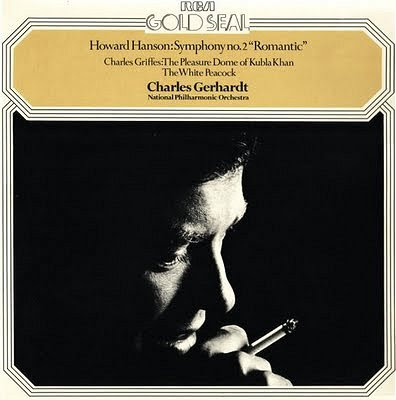Requiem for Lanka
This giant statue known as the Tsunami Honganji Vihara is modelled on the Buddhas of Bamyan in Afghanistan blown up by the Taliban in 2001. It stands in the small village of Peraliya on the east coast of Sri Lanka and I took the photo last week. The main railway line to the south of Sri Lanka runs through the trees just behind the statue, which is 200 yards from the shoreline. On 26th December, 2004 a tsunami tidal wave triggered by the Indonesian earthquake hit the coast at Peraliya and swamped a crowded train and many villagers sheltering behind it. The exact death toll is unknown; but at least 1700 people died in the tragedy, making it the biggest railway disaster in history. Across Sri Lanka the tsunami claimed more than 30,000 lives. The Tsunami Honganji Vihara Buddha was built to commemorate the tragedy using a donation from the Japanese government . Lord Buddha is making the hand gesture known as the abhaya mudra, which symbolises protection, peace, benevolence, and dispelling of fear.
Following the visit to this poignant memorial my evening iPod listening was the Ukrainian composer Valentin Silvestrov's Requiem for Larissa dedicated to the memory of the composer's wife Larissa Bondarenko. At the heart of the Requiem is a setting of The Dream by the great Ukrainian poet and national treasure Taras Shevchenko. This setting is also incorporated into Silvestrov's deeply moving Silent Songs and without voice in the The Messenger for piano which is again dedicated to the composer's late wife.
Silvestrov’s interest in Eastern beliefs shaped his musical philosophy in the 1970’s. When asked about extra-musical influences on his work, he refers to one primary philosophical source – Zen Buddhism, which he encountered in the 1970’s by reading D. T. Suzuki’s lectures. Oksana Nesterenko (SUNY Stony Brook) has researched this influence and explains how Silvestrov particularly stresses the importance of “freeing oneself from all kinds of ideological schemes”, a concept that appealed to him as a counterbalance to Communist ideology. John Cage was, of course, also encouraged by D.T. Suzik's teachings to free himself from constraining ideological schemes. But Oksana Nesterenko proposes that, in contrast to Cage, Silvestrov's encounter with Zen led him to reject the ideology of the music avant-garde and instead develop his own unique neo-Romantic style.
Just days after returning from Sri Lanka I was heartened to hear on BBC Radio 3 a rare performance of Valentin Silvestrov's masterly Fifth Symphony with John Storgårds conducting the BBC Philharmonic. This symphony, like the whole of Silvestrov's oeuvre, is an immediately accessible sonic expression of the abhaya mudra. So why his music is woefully neglected is a complete mystery.
New Overgrown Path posts are available via RSS/email by entering your email address in the right-hand sidebar. Any copyrighted material is included for critical analysis, and will be removed at the request of copyright owner(s).









Comments